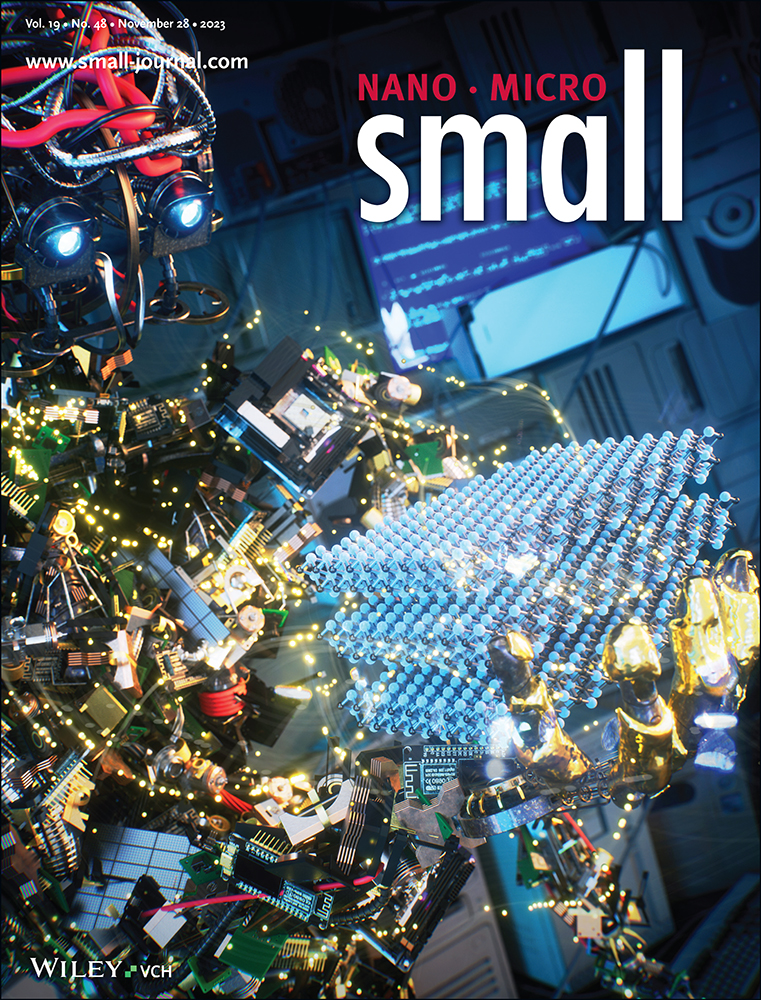Rapid Detection and Selective Extraction of Au(III) from Electronic Waste Using an Oxime Functionalized MOF-on-MOF Heterostructure
Abstract
Gold is not only a precious resource for many industries but also a global contaminant as a result of the discharge of gold-containing waste. Designing appropriate materials for the detection and extraction of gold is of great significance for the economy and environment. However, most reports only focus on sensing or adsorption for gold because of the difficulty of combining two functions in a single material. Herein, an oxime-functionalized MOF-on-MOF heterostructure (MOF-808@ZIF-90-XE) for the simultaneous detection and recovery of Au3+ is first demonstrated. The constructed hybrid material exhibits good stability, ultra-fast response time (3.6 s) as well as excellent sensitivity for the detection of Au3+. Experimental characterizations and theoretical calculations suggest that dynamic quenching and competitive adsorption may be possible sensing mechanisms. In addition, MOF-808@ZIF-90-XE shows outstanding selectivity and admirable adsorption capacity (1575 mg g−1) for the capture of Au3+ owing to high surface area and abundant active adsorption sites. This paper provides a new strategy by designing a hybrid MOF-on-MOF heterostructure for the detection and extraction of gold.
Conflict of Interest
The authors declare no conflict of interest.
Open Research
Data Availability Statement
Data sharing is not applicable to this article as no new data were created or analyzed in this study.




